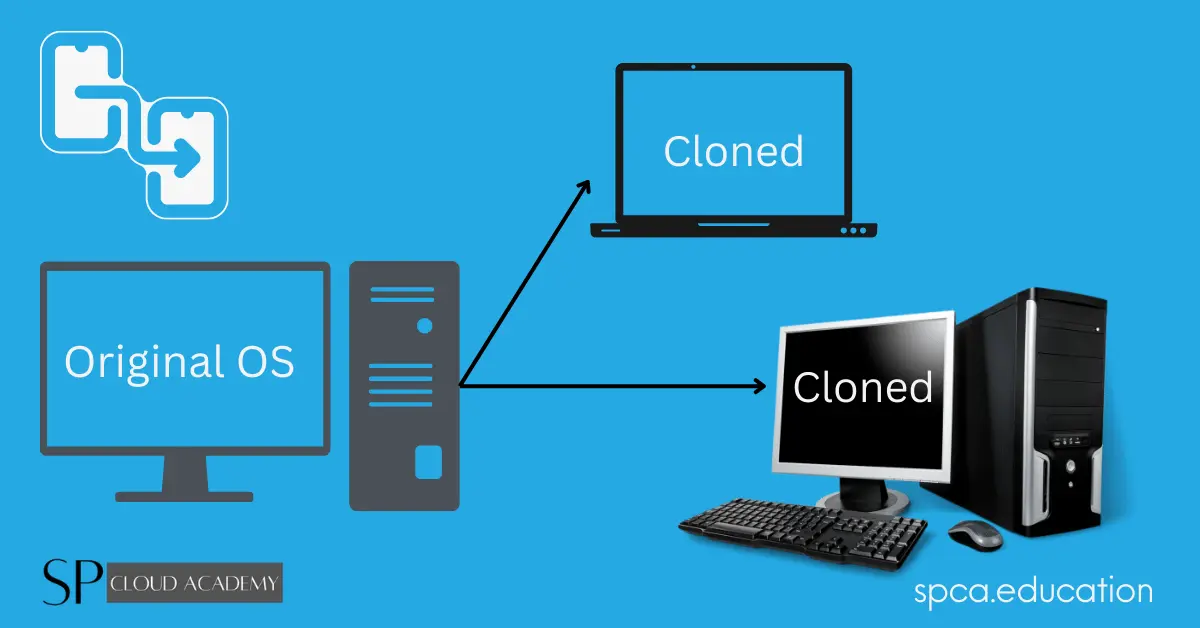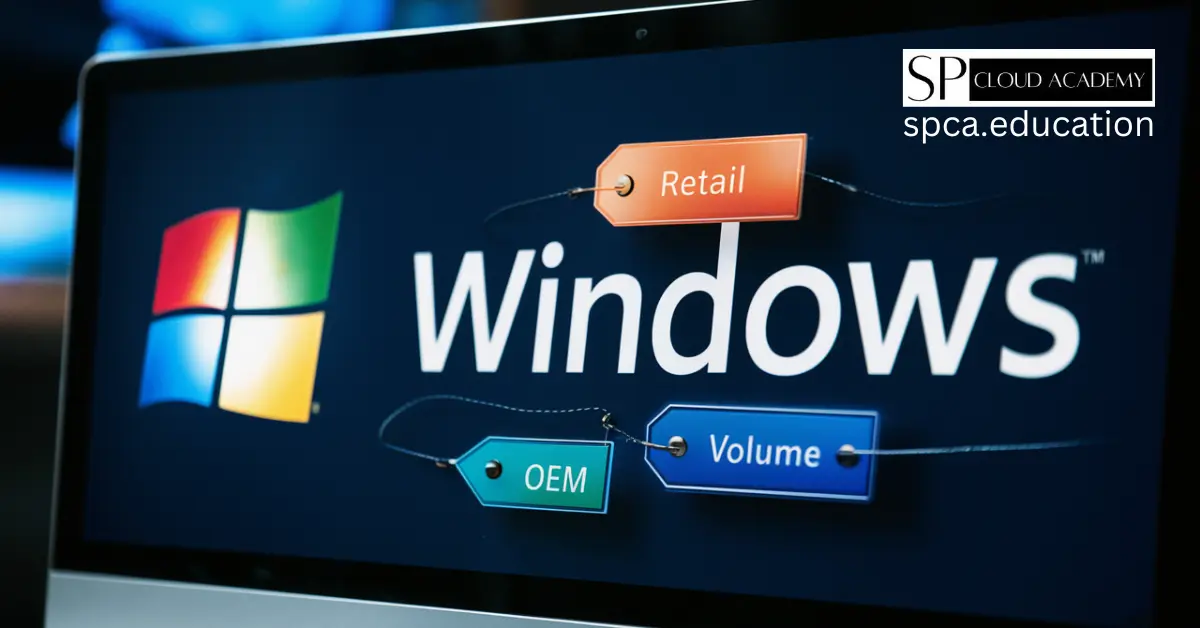Cloning copies the complete contents of one drive—the files, the partition tables and the master boot record—to another: a simple, direct duplicate. Imaging copies all of that to a single, very large file on another drive. -PCworld
System cloning and imaging methods play an important role in computer systems engineering. Software tools of system cloning and imaging are essential accessories for system backup and recovery or migration. This kind of tools used for full system backup, disk or partition backup, system file backup, data backup, system migration, multiple system installation, unattended installation, remote installation etc.
This article covers system preparation for cloning and imaging, system migration, backup and various tools for cloning or imaging.
Systems Preparation
Sysprep (System Preparation) prepares a Windows client or Windows Server installation for imaging. Sysprep can remove PC-specific information from a Windows installation (generalizing) so it can be installed on different PCs. When you run Sysprep you can configure whether the PC will boot to audit mode or to the Out-of-Box Experience (OOBE).
System Migration
A system migration is the process of transferring whole system to a newer hardware infrastructure or a different software platform for the purpose of keeping up with current technologies and/or to gain better business value.
Migration Tools
System State Backup
System state backup: Backs up operating system files, enabling you to recover when a machine starts but you’ve lost system files and registry.
Details: Back up system state and bare metal
Cloning and Imaging
Disk cloning is the process of copying the contents of one computer hard drive to another disk or to an “image” file. Typically, the contents of the first disk are written to an image file as an intermediate step, and the second disk is loaded with the contents of the image.
Disk imaging is a form of hard drive backup that places all of a hard drive’s data into a compressed file. That file can be stored on other devices, in a file system, or in the cloud.
- Disk to Disk Cloning
- Partition to Partition Cloning
- Disk to File Imaging
- Single Partition to File Imaging
- Multiple Partitions to File Imaging
Difference Between Disk Cloning and Disk Imaging
Cloning
- Disk cloning copies a drive at its full size, rather than compressing it
- Direct process
- Source and destination storage capacity must be same
- Fast
Imaging
- Disk imaging is a technique for saving everything on a hard drive in one large file.
- Indirect proces
- Source and destination storage capacity may be differ
- Slow



